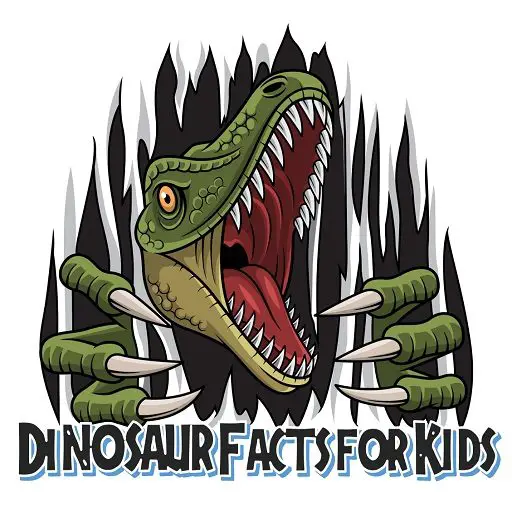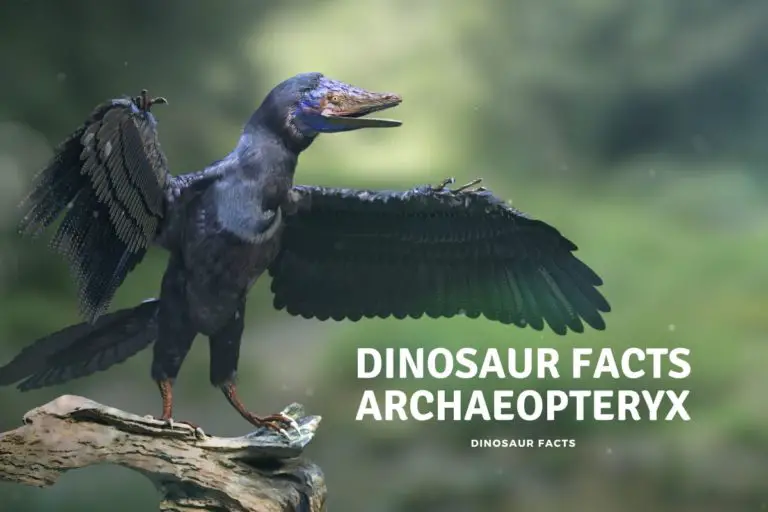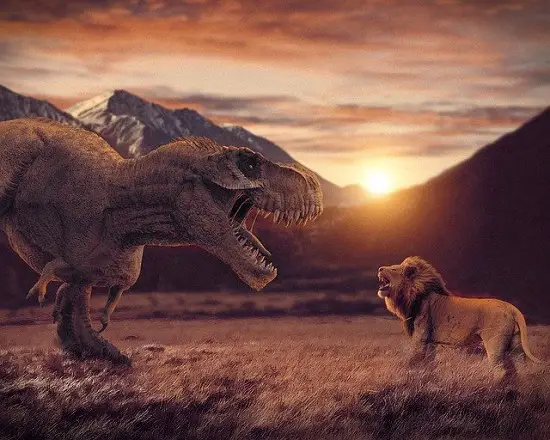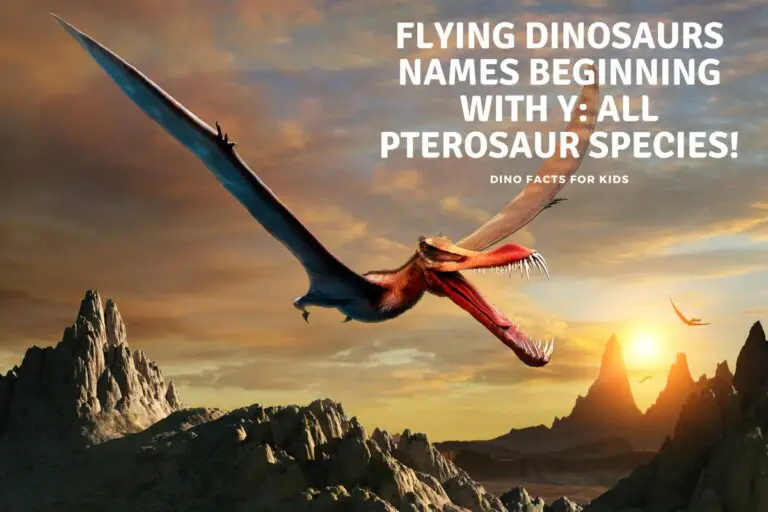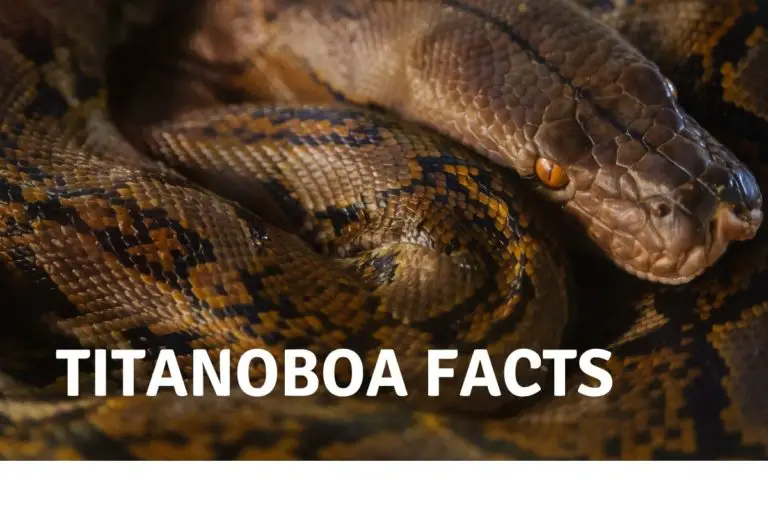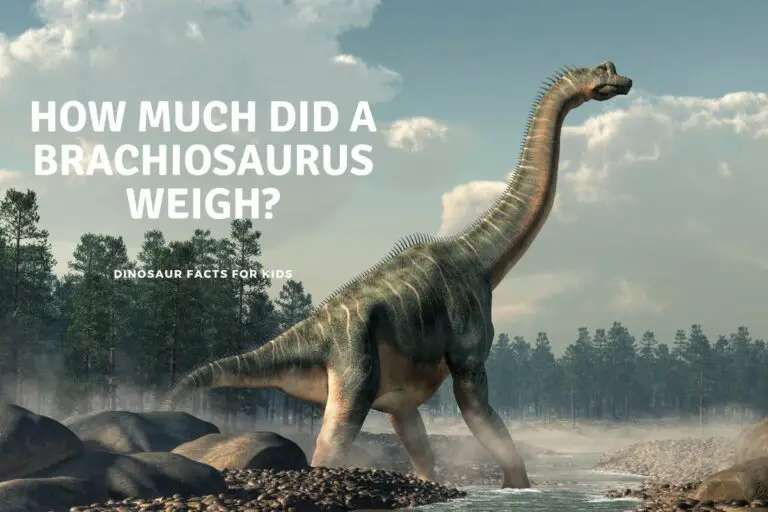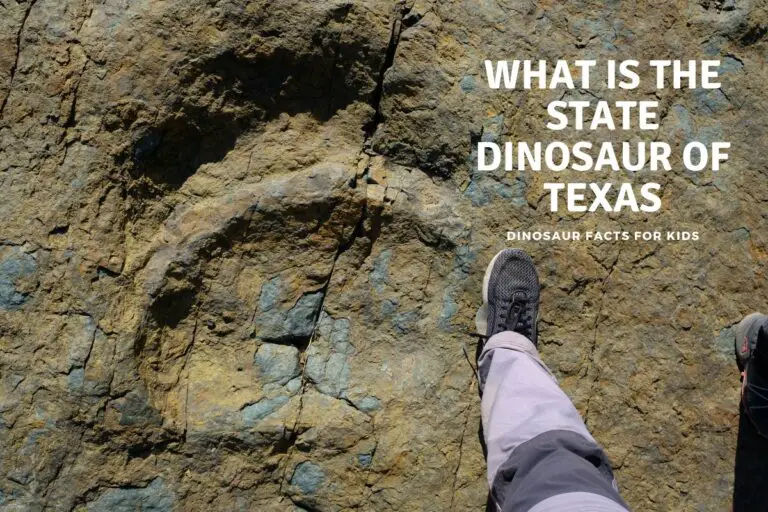Did Snakes Live At The Same Time As Dinosaurs?
Dinosaurs first made their appearance in the Late Triassic Period, about 201 million years ago. By then, life had existed only since the start of the Paleozoic Period, 340 million years before. Snakes first appeared in the fossil record during the early Cretaceous period, some 128.5 million years ago.
Snakes and dinosaurs coexisted on earth between 170.5 and 66 Million years ago. The dinosaurs went extinct 65 million years ago after a giant meteor struck the planet near the Yucatan Peninsula. Snake, being smaller and coldblooded, could live underground, feeding on less, and thus survive the cataclysm.
The fossil record on snakes is not as distinct or detailed as the dinosaurs. The light bone structure of snakes is not ideal for the fossilization process resulting in far less fossil evidence than for the dinosaurs.
Let’s review why the snakes continued to thrive after the extinction of the dinosaurs and answer the questions did snakes and dinosaurs live together.

Did Snakes and Dinosaurs live at the same time
Although Nothing the size of titanoboa has been found (yet) there is increasing evidence of snake and dinosaurs living together and interacting. From the difference in numbers of fossils it is apparent that snakes were not the dominant life at the time. However…
There is clear evidence that snakes and dinosaurs did co-exist in the same areas and at the same time. Fossils of snakes with dinosaur remains have been discovered in Indian and fossilized snakes have been dated to the late Jurassic – Early cretaceous periods, putting them firmly in the age of the dinosaurs.
It is easy to forget with the focus on dinosaurs that there were many other species alive at the same time, of which snakes were just one.
When was the First snake
As we mentioned above Snakes fossils are much less common, even ones from much less time ago than dinosaurs due to being much more fragile than other animals. (most snakes anyway!)
The oldest snake fossil discovered so far, Parviraptor estesi, dates back to around 167 million years ago, during the Late cretaceous Period. this makes them potentially 60 million years older than the previous oldest snakes known to have lived on Earth. They have so far been found in England, Portugal and the USA.
So although it seems they thrived after the extinction of the dinosaurs, they certainly were around during their time. It appears just like the rest of the animal kingdom, reptiles, lizards, birds and mammals they were keeping their heads down (much easier for a snake) until the dinosaurs punched their clock!
Are Snakes Descendants Of Dinosaurs?
Birds are the closest ancestors of the dinosaurs, but there are many other animals still alive today that can trace their evolution back to the dinosaurs. Dinosaurs are considered to be reptiles along with other cousins of the reptile family, such as turtles, crocodiles, lizards, and snakes.
It is thought that snakes evolved from lizards that lived on land and in the oceans and first lost their front legs before losing their back legs to resemble the snakes we know today.
Life first evolved in the oceans before some creatures crawled out of the water to continue their evolution on land. It is thought that the split between snakes and dinosaurs happened early in the Cretaceous period (145 to 66 million years ago).
Evolutionary Biologists are still at odds about whether the snakes evolved on land or in the oceans. Today there are more than 3,400 different species of snakes living in widely varying habitats on land and in the sea. The earliest common ancestor likely lived on land, and later descendants migrated to live in the oceans.
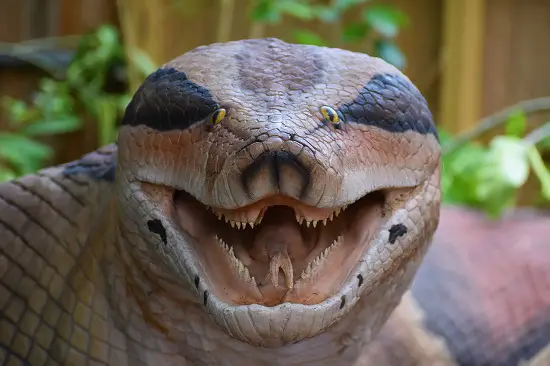
Did Titanoboa live with Dinosaurs?
This massive snake would have certainly provided a good match with a lot of dinosaurs, however the oldest known fossil of titanoboa dates from 60 million years ago ( so far) and missed out by 5 to 6 million years. There were truly a dinosaur like snake.
This 50-foot snake weighed 2,500 pounds and lived in the South American forests long before man ever set foot there. This was the largest snake ever to have lived, and over twice the size of the biggest living today, but it was not a dinosaur killer. we look at some that could have taken on, smaller, dinosaurs below.
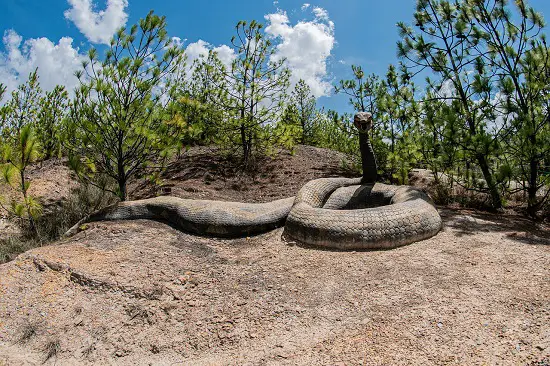
Why Did Snakes Survive and Dinosaurs Die?.
The 11-kilometer wide meteor that struck the earth 65 million years ago wiped out the dinosaurs and large surface-dwelling animals within a very short space of time. Those animals that were not killed by the initial impact and resultant shock wave and fire would have died during the cold and the darkness that followed.
Small mammals and reptiles could survive the initial firestorm that enveloped the earth by moving underground. Here they could still find roots, insects, and other means of nourishment to survive.
The dust and debris generated by the meteor impact caused the atmosphere to blackout the sunlight resulting in the die-off of terrestrial plant life and extreme cold conditions.
The death of the dinosaurs heralded the rise of mammals, leading to the evolution of an intelligent hairless ape, that’s us in case you missed it! However our distant ancestors were not the only animals that survived that impact.
Some of the smaller dinosaurs are believed to have evolved into birds, and thankfully we have developed a taste for them and not vice versa, reptiles as we have mentioned with cold blood had much less need for large amounts of food and could slow down their metabolism when times were hard, came through the cold and dark as well.
Why Did Snakes Evolve after the Extinction.
Although snakes were alive at the time of the dinosaurs, and would have had interactions with them 150 million years ago. However, the dominance of the dinosaurs would have kept a lot of other species, including our own at the time, firmly below it. There was simply to much competition.
However, that asteroid impact changed that. Snakes were able to hunker down underground feeding less that many other animals and even the reasonably sized ones would have need less food than comparable warm blooded animals like dinosaurs and mammals for that matter. Once the effects had died down and snakes came up from out of their caves, holes there were no more dinosaurs. This gave them the opportunity to spread much further, the same opportunity was there for birds, lizards, and mammals.
And when you look a the wide diversity of life on the planet today it looks like all species grabbed that chance with both hands, jaws, flippers wings or whatever else they had!
Could Snakes Eat Dinosaurs?
Titanoboa is the largest snake ever to have terrified the planet. It lived some 60 million years ago, five million years after the extinction of the dinosaurs. Thankfully it has also subsequently gone extinct. it was quick, evolutionary wise, to grow to such a size considering it is widely thought that any animal, on land at least, larger than about 25 lbs would have struggled to survive the extinction 66 million years ago.
A fossilized scene of a 3.5m long snake, Sanajeh Indicus, was found in Gujarat, India, in 2010. The fossilized remains of the snake and its prey were dated to 67 million years ago, proving that dinosaurs were on the snake’s menu.
Granted, it was a baby sauropod that fell prey to the snake. Adult Sauropods were some of the largest animals ever to have lived on land and would not have been vulnerable to snakes. The baby was a mere 50 centimeters long, having just hatched from its egg, and was no match for the Sanajeh. at that young an age it was unlikely a match for anything!
Modern snakes are still prolific egg-eaters, and it seems that they developed a taste for eggs early on in their evolution. With a keenly developed sense of smell and taste, the snake can find and unearth dinosaurs and birds’ eggs.
Snakes Vs. Birdlike Dinosaurs (Theropods)
Modern bird species evolved from a group of dinosaurs named theropods, and it could thus be argued that dinosaurs are not extinct. The theropods are bipedal (have two legs) and have birdlike features such as feathers.
Famous members of the theropod family of dinosaurs include the Tyrannosaurus Rex, Archaeopteryx, and Velociraptor of Jurassic Park fame. These giants, well the first one anyway, would not have formed part of the snake diet, but their eggs and hatchlings may likely have fallen prey to the giant snakes.
The rivalry between snakes and birds has continued into the modern era, with numerous examples of birds hunting and eating small snakes and snakes hunting and killing birds.
The conditions on earth during the Mesozoic era ( thats 250-66 million years ago) were perfect for snakes and dinosaurs to flourish. The average temperature on earth was significantly higher, and it suited the cold-blooded snakes perfectly.
The result of these ideal conditions was that snakes grew to enormous size and formed part of the family of predatory species on the planet. During most of the Cenozoic era ( thats 66 million years till now) , the earth has been cooling, and thankfully this has led to snakes becoming smaller. Well some of them anyway!
Giant snakes still abound the hot temperate rainforests of our planet, but they do not reach the size of their early ancestors. Chickens (modern dinosaurs) now form a significant part of the human diet. Thankfully we did not live in the time of the dinosaurs.
Conclusion
References:
https://www.thoughtco.com/eras-of-the-geologic-time-scale-1224551
https://www.amnh.org/exhibitions/dinosaurs-ancient-fossils/extinction/mass-extinction
Hi, I am Roy Ford a General Studies and English Teacher who has taught all over the world. What started as a fossil collection became a great way to teach, motivate and inspire students of all ages and all over the world about dinosaurs and from that and children’s love of dinosaurs came the site dinosaur facts for kids, a resource for all ages.
